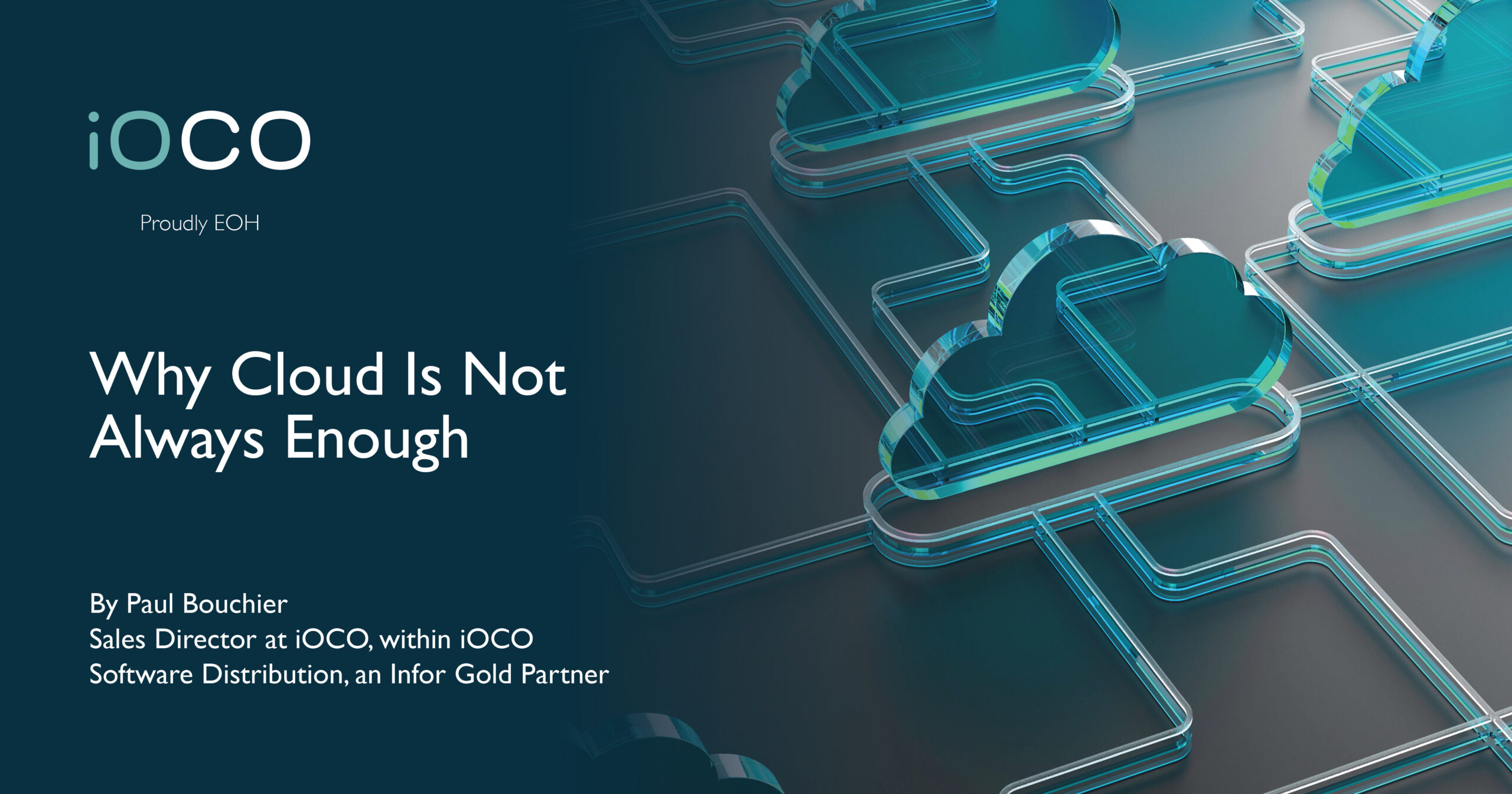It’s time to demystify the different types of cloud currently available. Here’s why the future favours a multi-tenant model. While it’s generally accepted that cloud is the future, clouds still come in many forms, and understanding the respective merits of each can be, well, cloudy, to say the least. Industry analysts sometimes squabble over the pros and cons of single-tenant versus multi-tenant deployment.
Single-tenant deployment may have been a viable solution for some organisations in the recent past, multi-tenant deployment offers numerous benefits for organisations looking to modernise their operations. As a true cloud-based platform, multi-tenant deployment can offer vast amounts of storage, a speedy implementation, and advanced security capabilities.
The Difference Between Single-Tenant and Multi-Tenant
Single-Tenant Architecture
- Provides separate software and server resources for each customer, offering control but requiring more effort and a larger investment than with multi-tenant
- Lift and shift to a single-tenant deployment perpetuates outdated processes organisations are hoping to evolve away from
- Requires the same resource-intensive and expensive upgrade processes as on-premise solutions
- Rigid structures limit the extent of changes that can be implemented, impeding organisational growth
Multi-Tenant Environment
- Gives several customers the use of the application within the same operating environment, on the same shared hardware
- Provides all the benefits of cloud computing, such as greater agility and security
- Costs are shared across more business users enabling providers to offer lower prices
- Leverages more robust technology
- Requires the customer to adopt and adhere to proven, standardised processes, an approach which helps avoid a “modification mindset”, which can unnecessarily complicate upgrades
- Well-engineered cloud-based software enables personalisation by using extensibility and platform tools
- Offers flexibility, scalability, reliability, and value
Single-tenant vs. multi-tenant
| SINGLE-TENANT | MULTI-TENANT | WINNER | |
| Routine maintenance and backups | In self-hosted, single-tenant solutions, you provide your own maintenance and backups. Some single-tenant providers may also require this. Infor®, though, provides backups, and addresses uptime via the service level agreement (SLA). | The multi-tenant provider takes care of routine maintenance and backups for you. | With multi-tenant platforms, the provider’s experts focus on maintenance for you, applying best practice standards for reliability. |
| Full redundancy and disaster recovery | With a single-tenant deployment, implementing full redundancy and disaster recovery could more than double your costs because you need duplicate systems. Infor achieves this by utilising various availability zones and elastic load balancers. | Multi-tenant solutions are built on auto-scaling technologies that provide full redundancy. | A multi-tenant deployment is more reliable and less expensive. |
| Security | Some single-tenant providers make their customers responsible for the security of their solutions. Infor provides security for its single-tenant customers that’s just as secure as our multi-tenant customers. Not all single-tenant providers can make that claim. | With multi-tenant, security is managed for you by experts who stay on top of new types of threats. | Unlike some single-tenant providers, multi-tenant providers won’t charge extra for security capabilities or require you to manage your solution’s own security. |
| Updating features and functionality | When working with some single-tenant providers, the responsibility for performing upgrades may rest with you, unless you pay extra for a service contract. | Multi-tenant providers perform regular updates (monthly for Infor), ensuring your solution is always up-to- date with modern technology. | With multi-tenant, monthly updates are more easily implemented and less disruptive. Business users can be trained on new features as they are rolled out. |
| Scaling for fluctuations of high traffic and workloads |
With single-tenant, you need to invest in extra capacity to prepare for peak periods, whether you use it or not. | The elastic capacity of a multi- tenant deployment means your capacity automatically expands as needed, and you only pay for what you need. | Multi-tenant offers more flexibility and greater savings. |
Why Deployment Matters
In their rush to the cloud, organisations often have to make a decision about whether to leverage single-tenant or multi-tenant deployment, without the full breadth and depth of information available. CIOs and IT directors planning a cloud strategy really need to be well-versed in the scope and limitations, and fully understand the long-term ramifications of each approach.
Some assume single-tenant deployment is safer and adopt that model, only to be surprised at the limitations. Others may want a highly customised single-tenant solution, and accept the huge upgrades every few years as an acceptable trade-off. However, particularly when it comes to complex manufacturing organisations, a multi-tenant model with extensive industry best practice built in, which can be implemented rapidly and is updated frequently, is the preferred option.
This is typically because if the single-tenant deployment falls short of expectations, it may eventually need to be re-implemented on a true multi-tenant cloud solution. Making the wrong decision can waste resources, capital, and time.
If the leadership team is seeking comprehensive, end-to-end transformation, multi-tenant is unequivocally the best option for the long term.
For more information about the best Cloud for your organisation, please contact Paul Bouchier at paul.bouchier@ioco.tech.
Written by: Paul Bouchier, Sales Director at iOCO, within iOCO Software Distribution, an Infor Gold Partner



